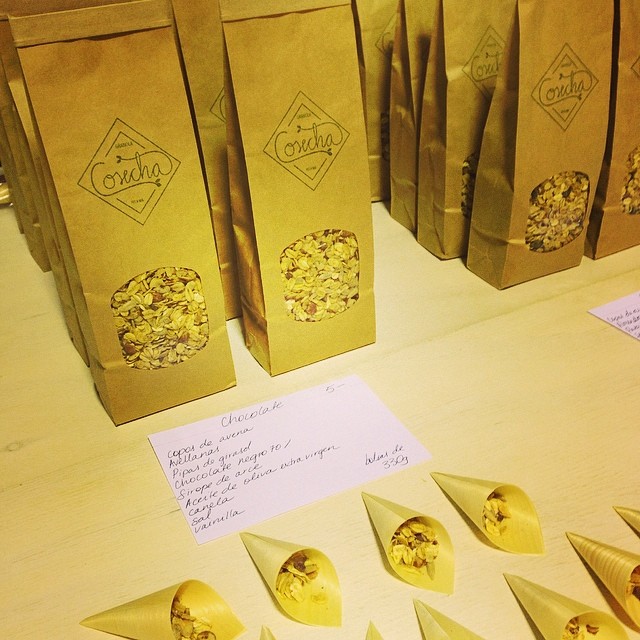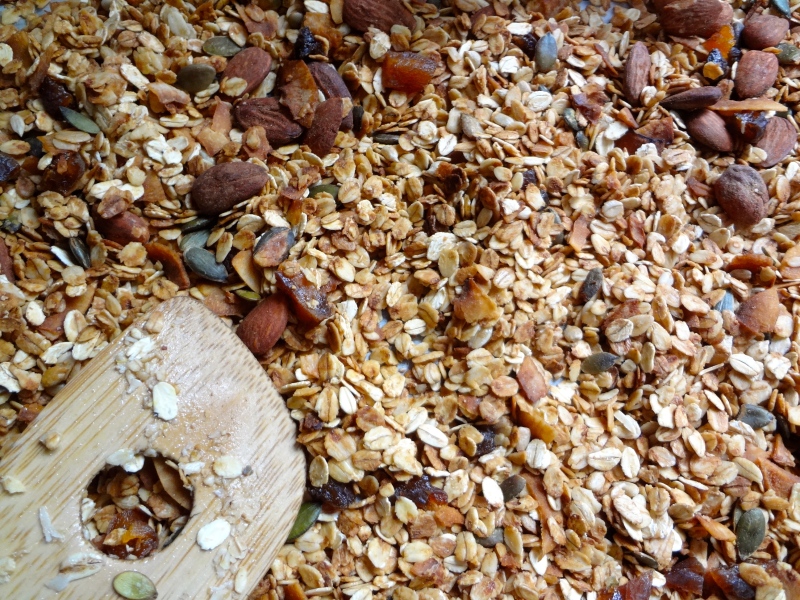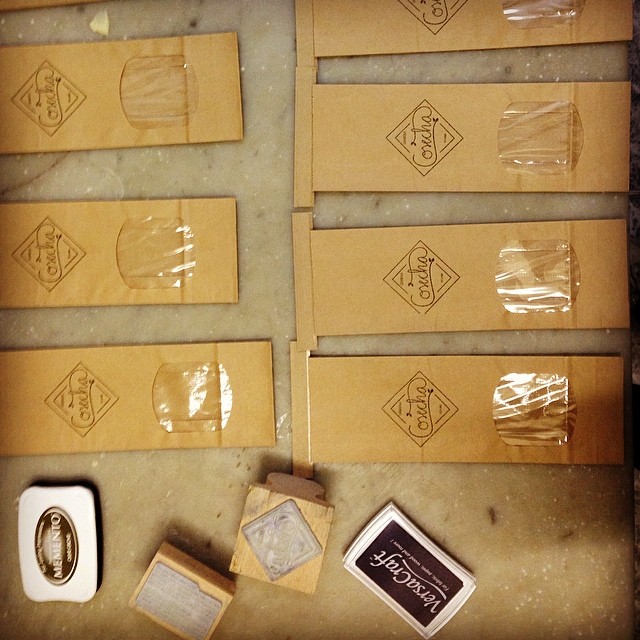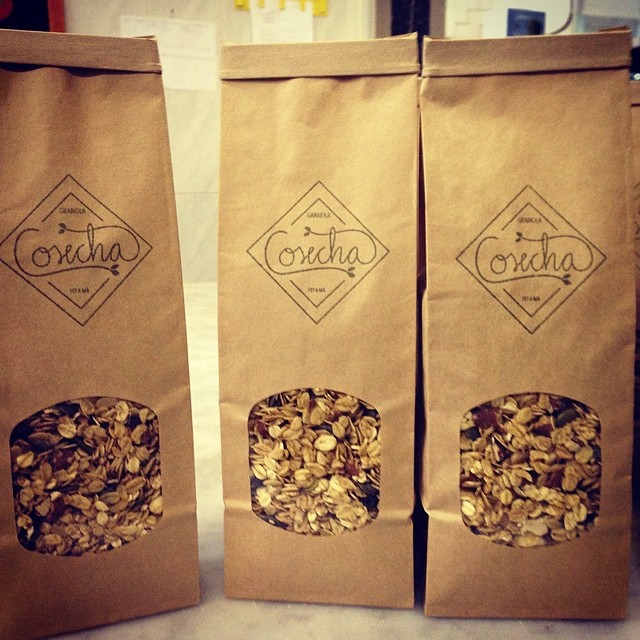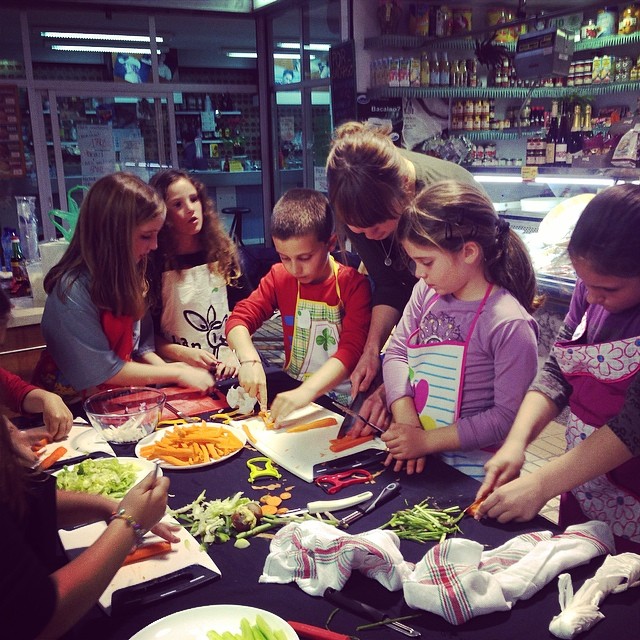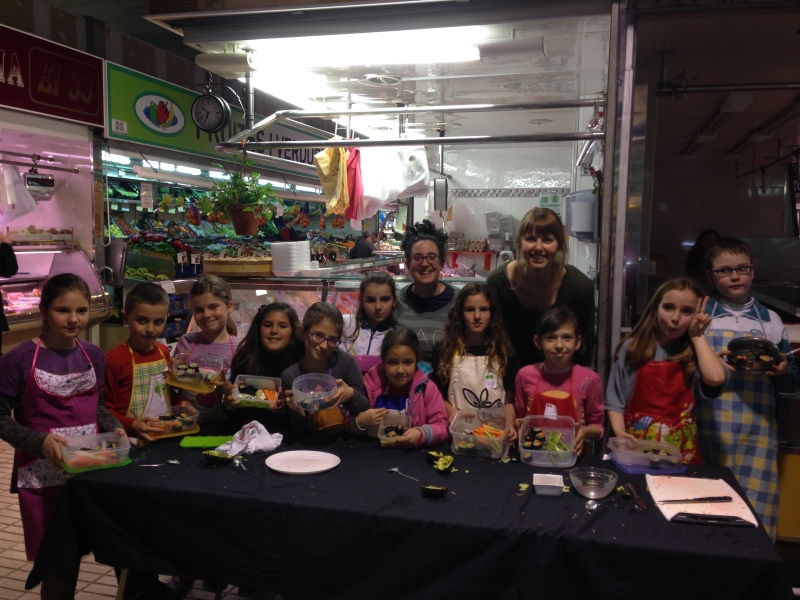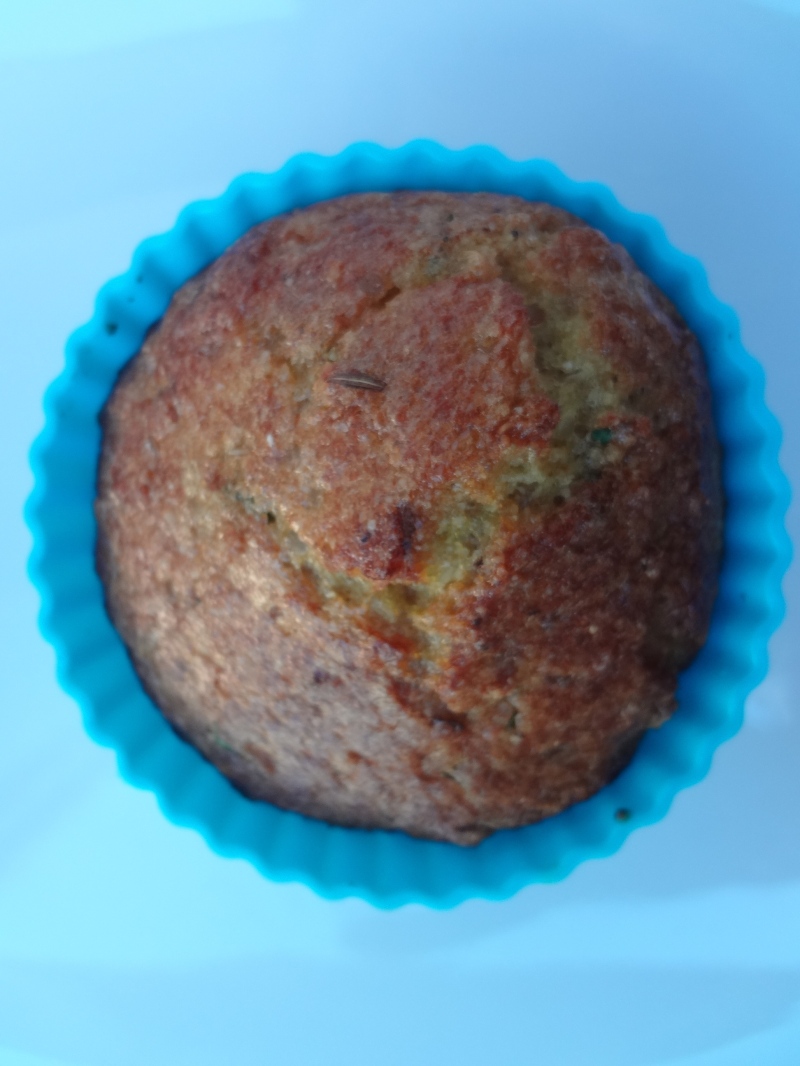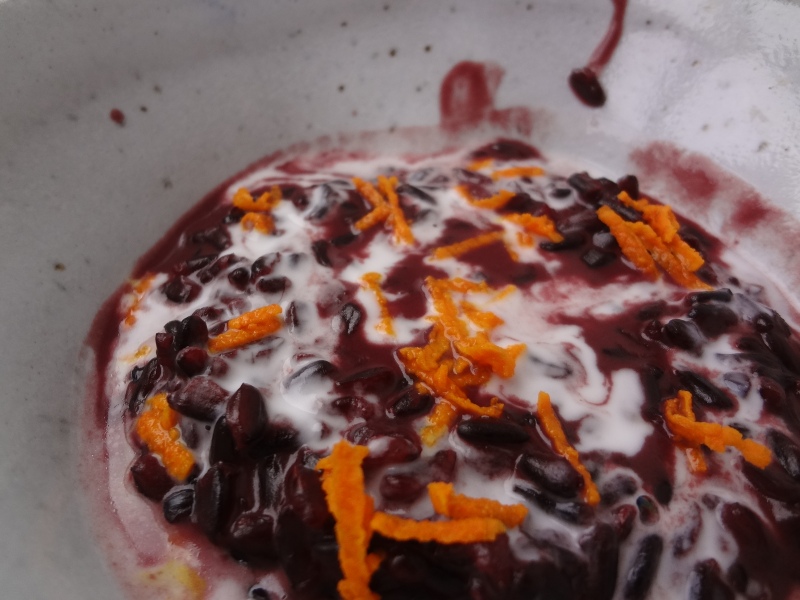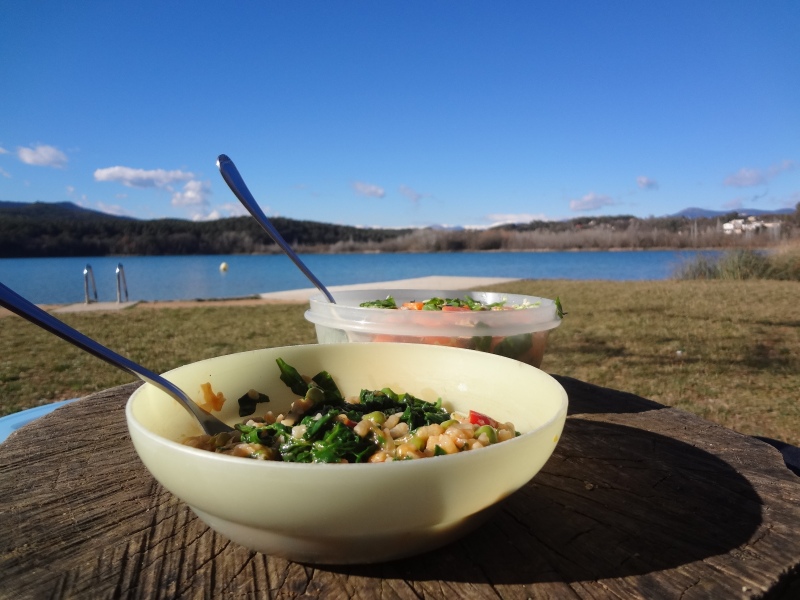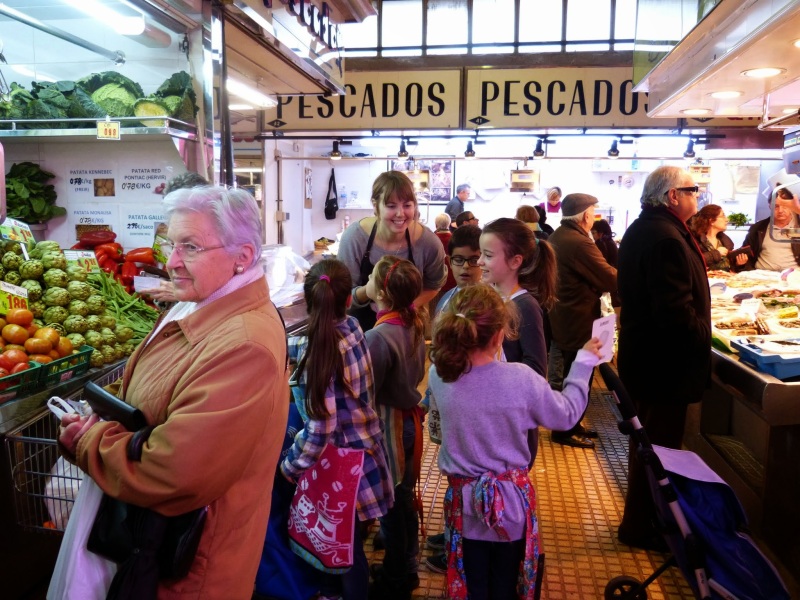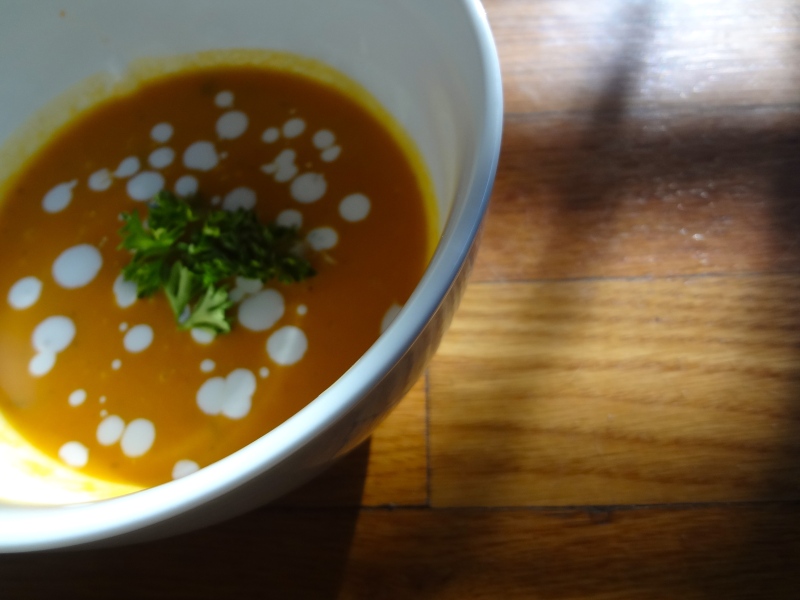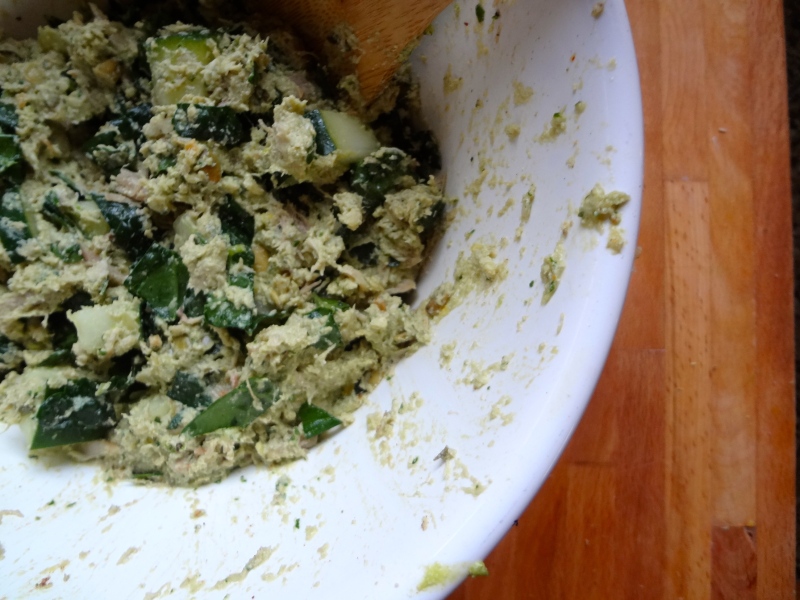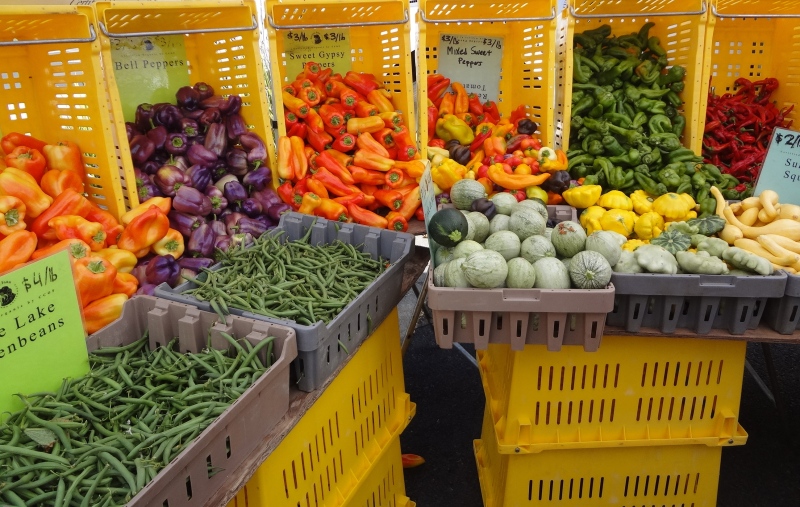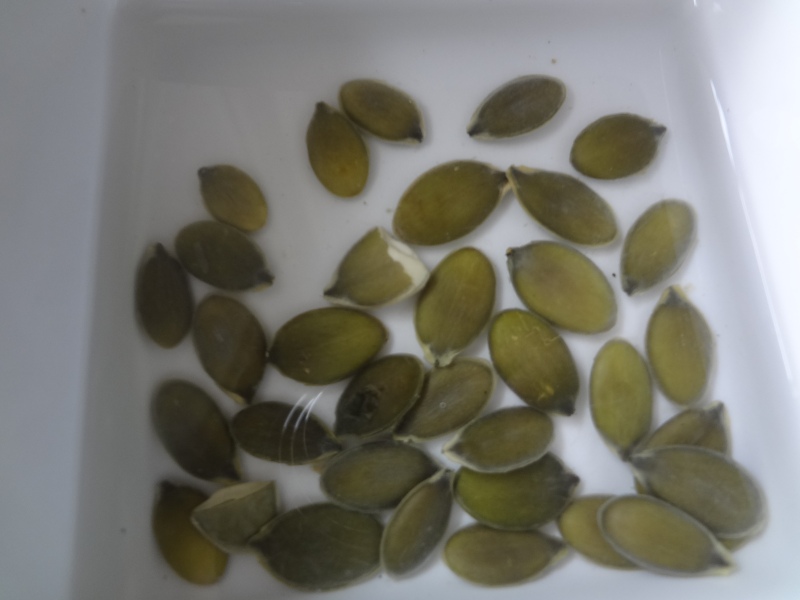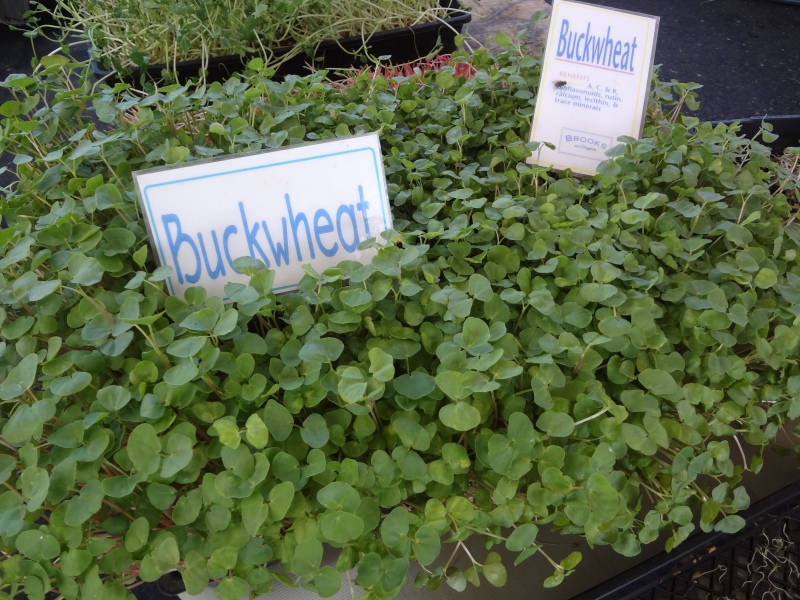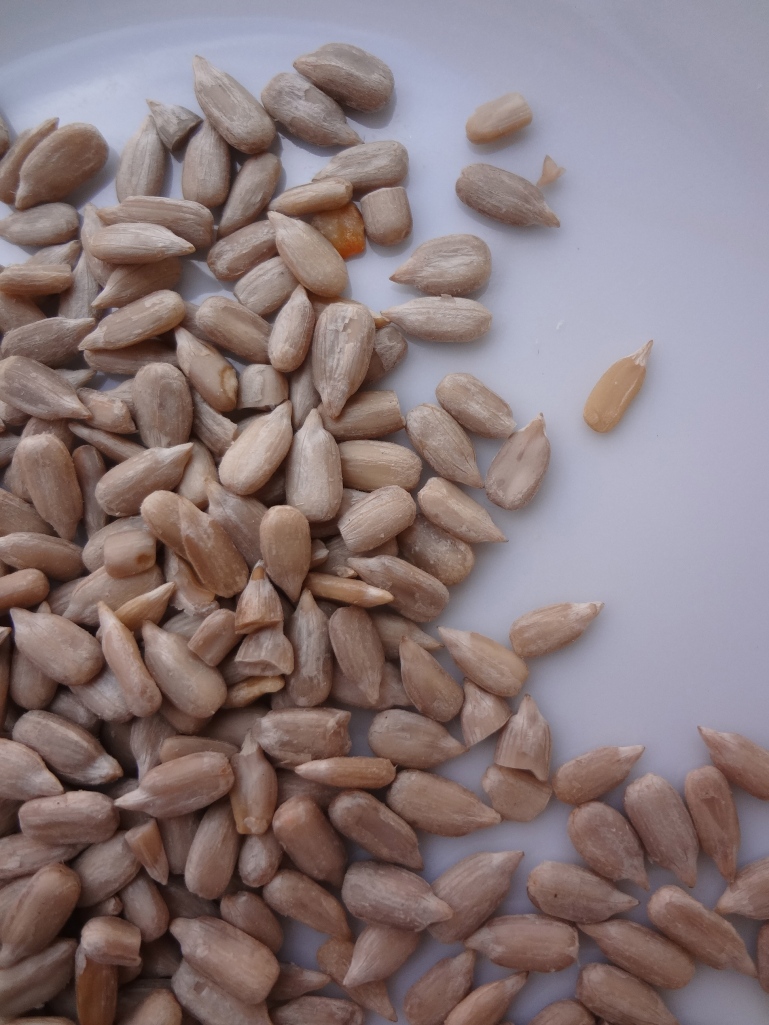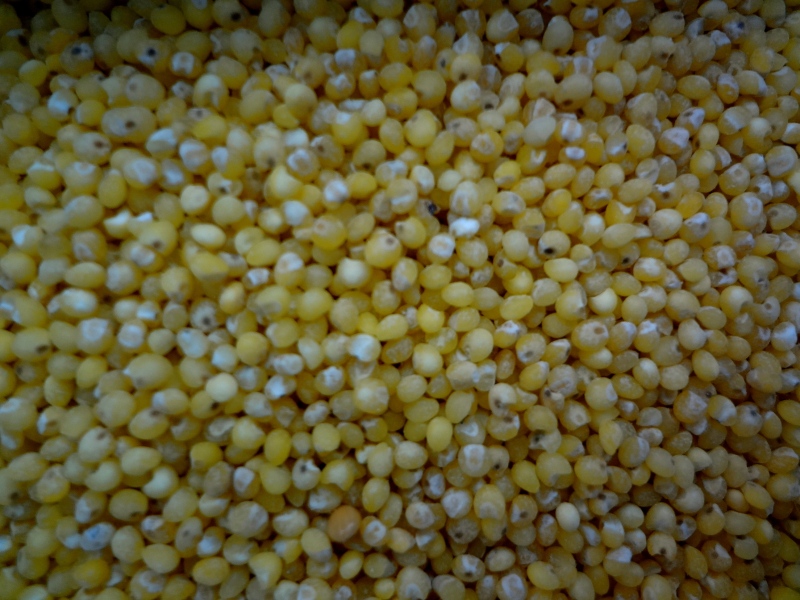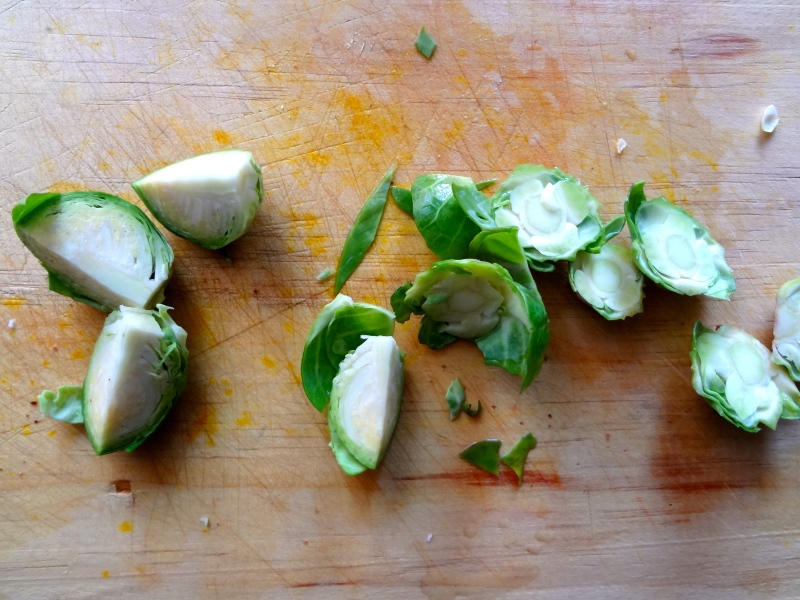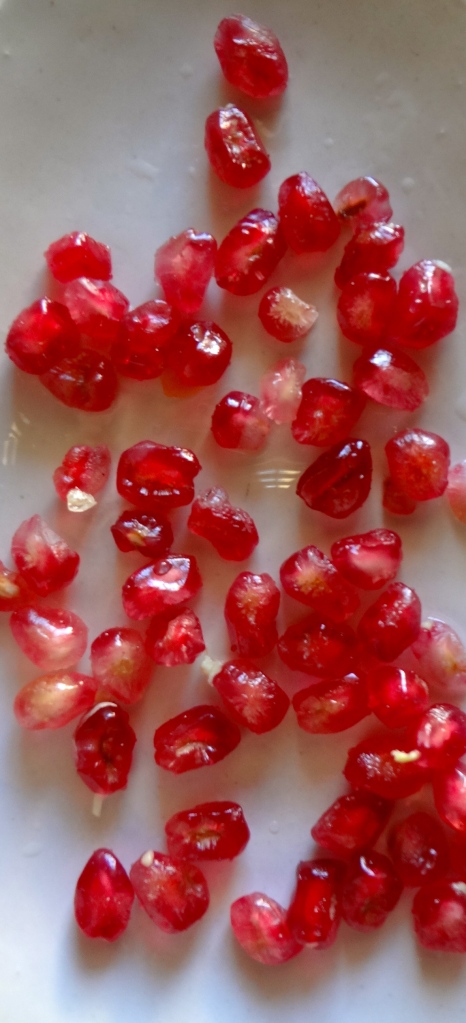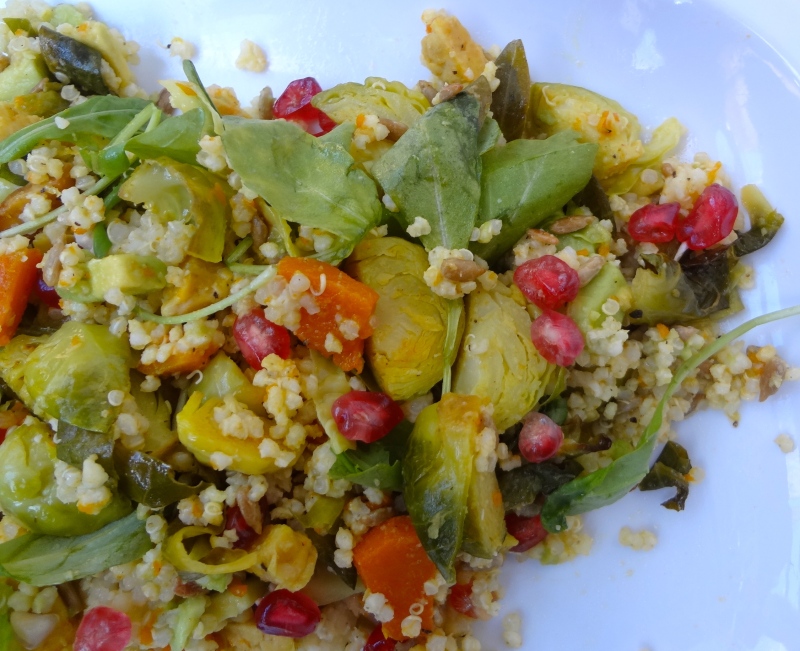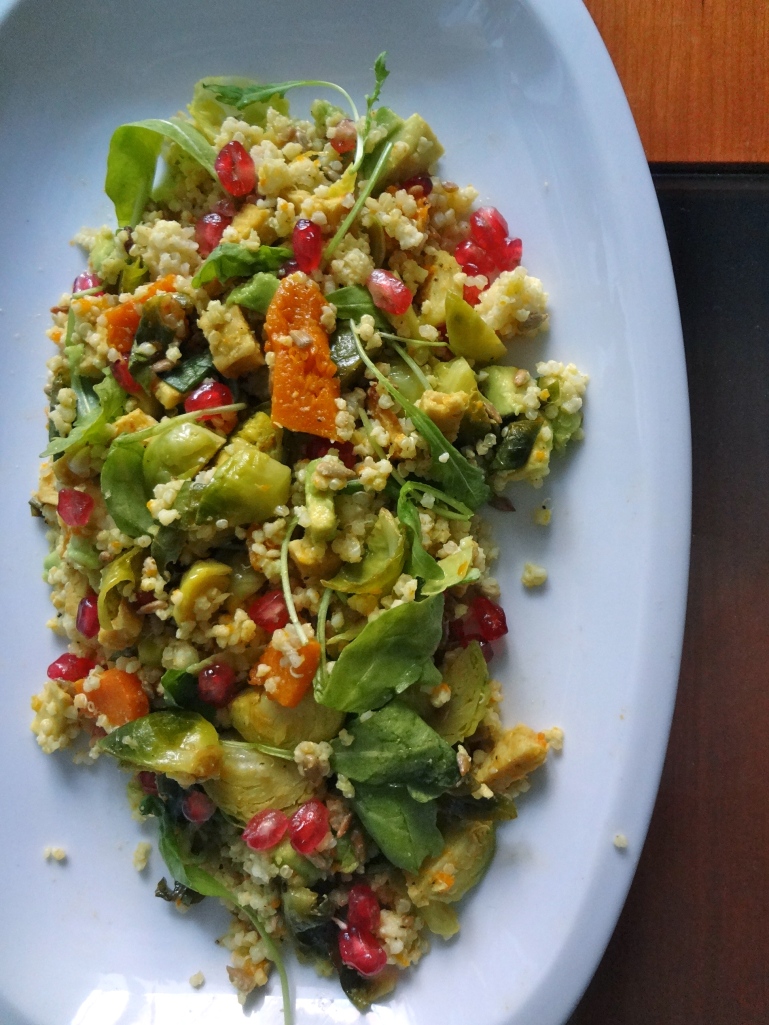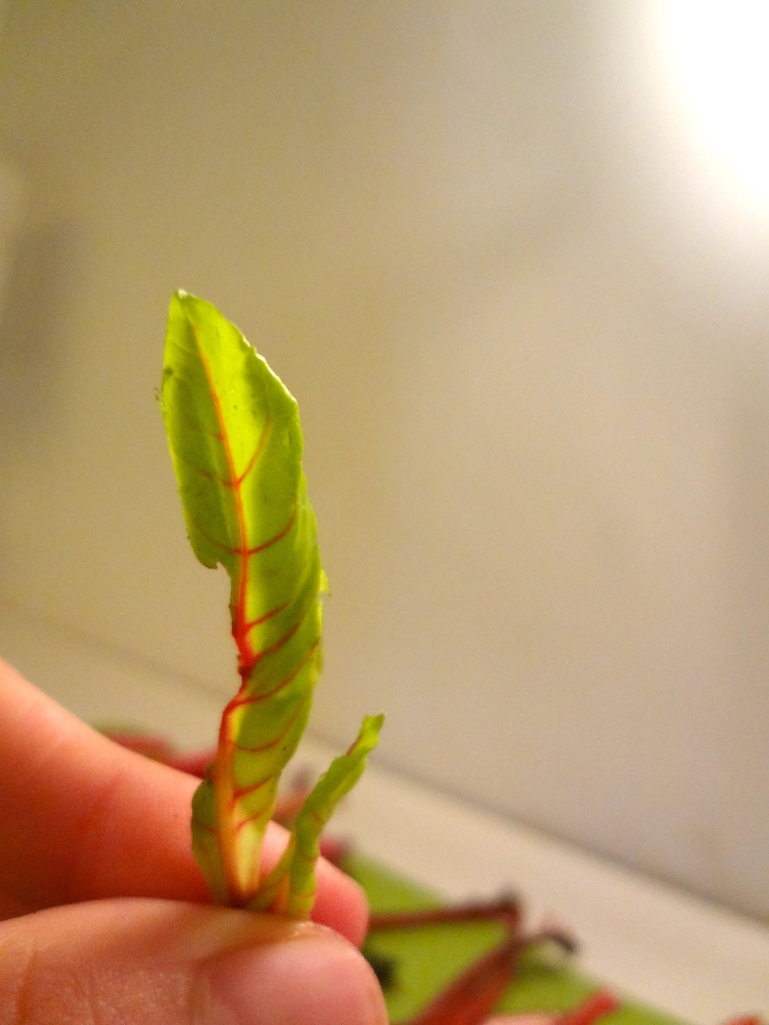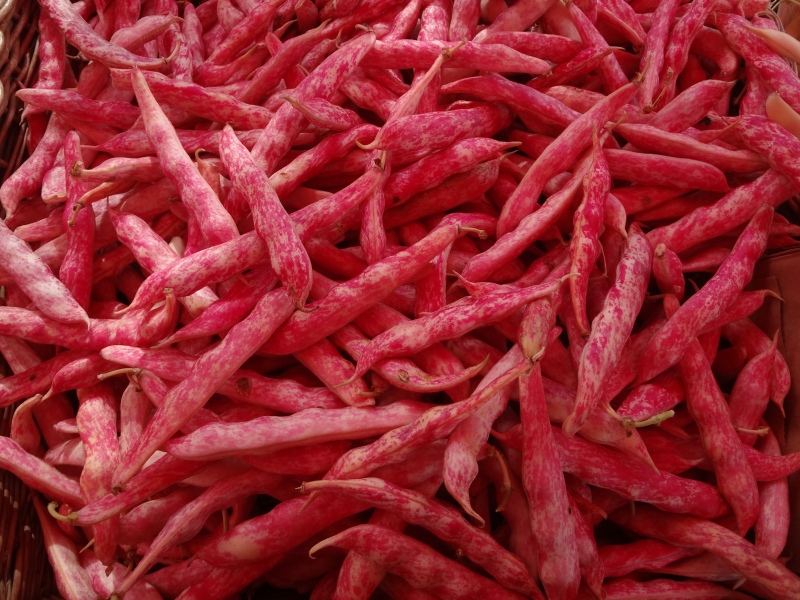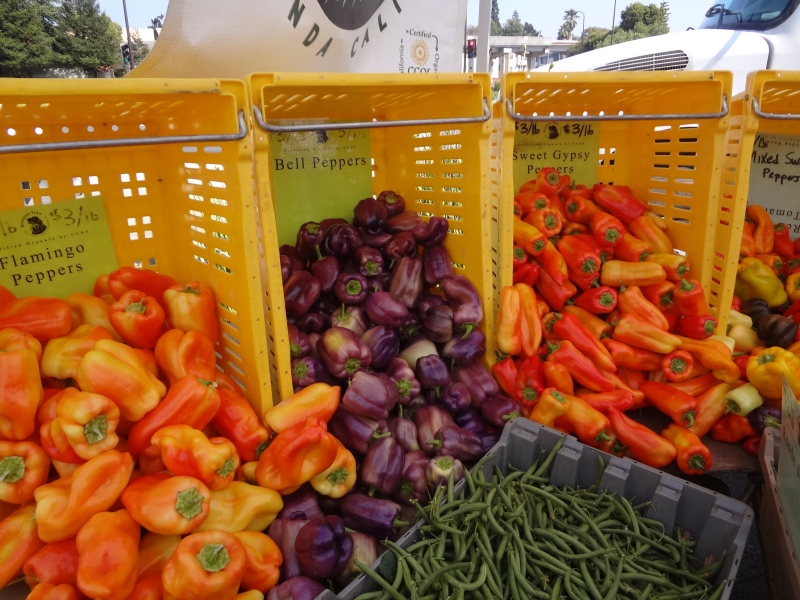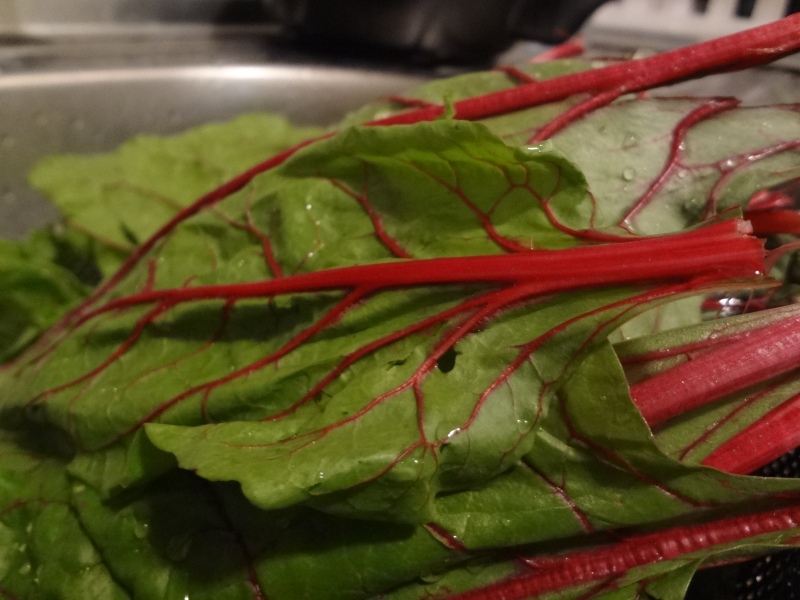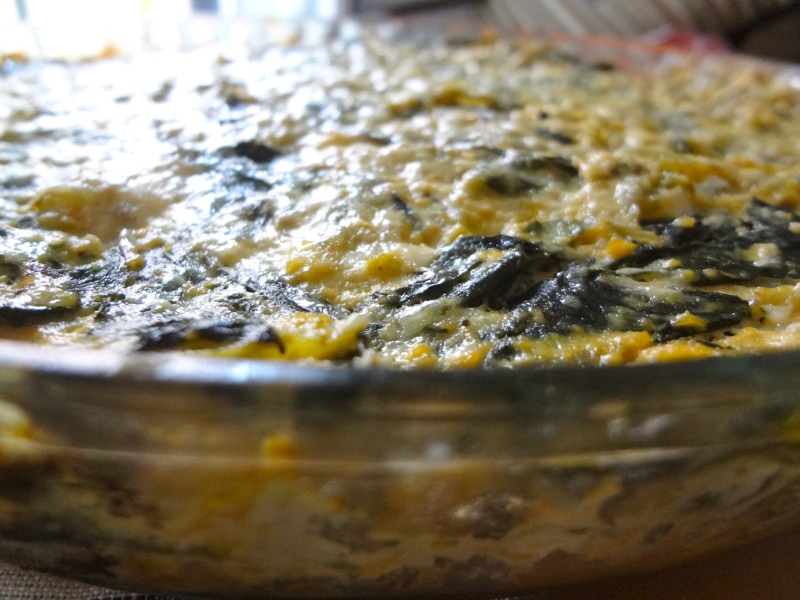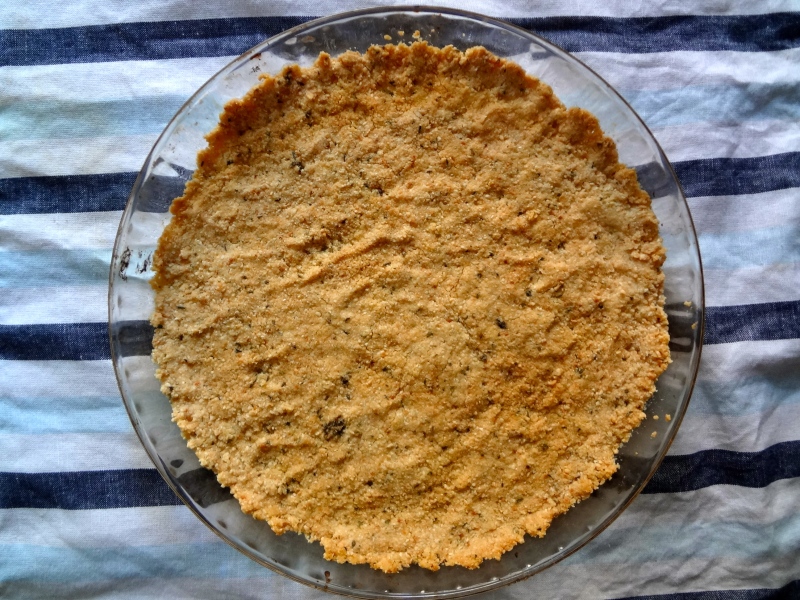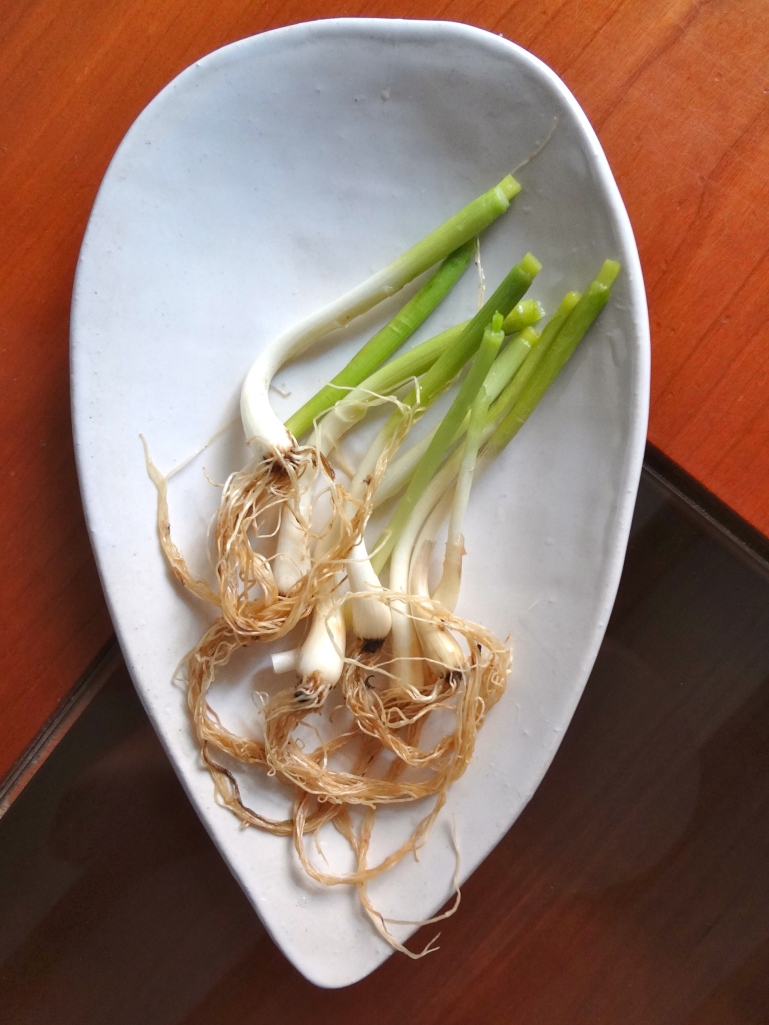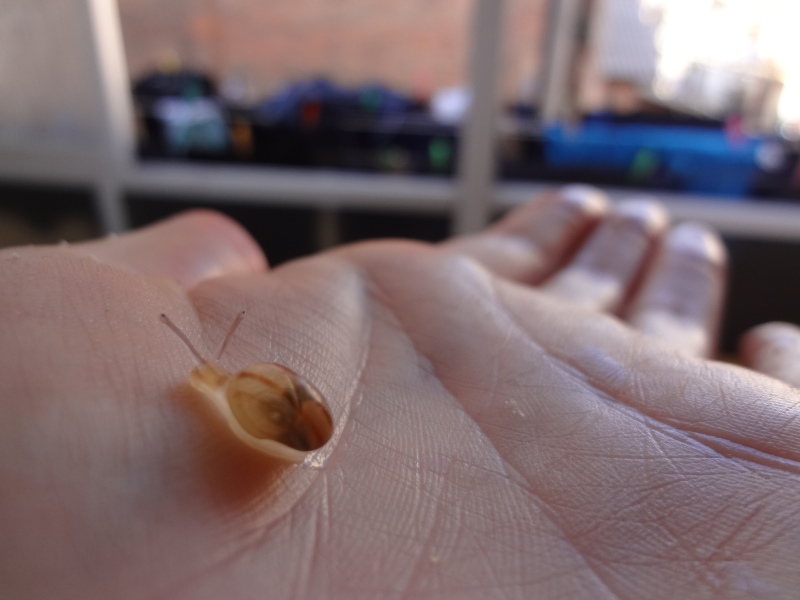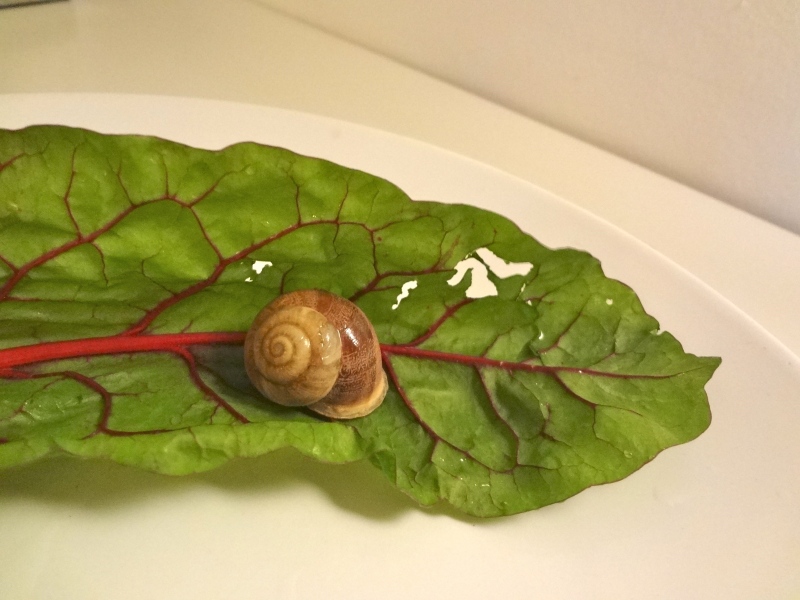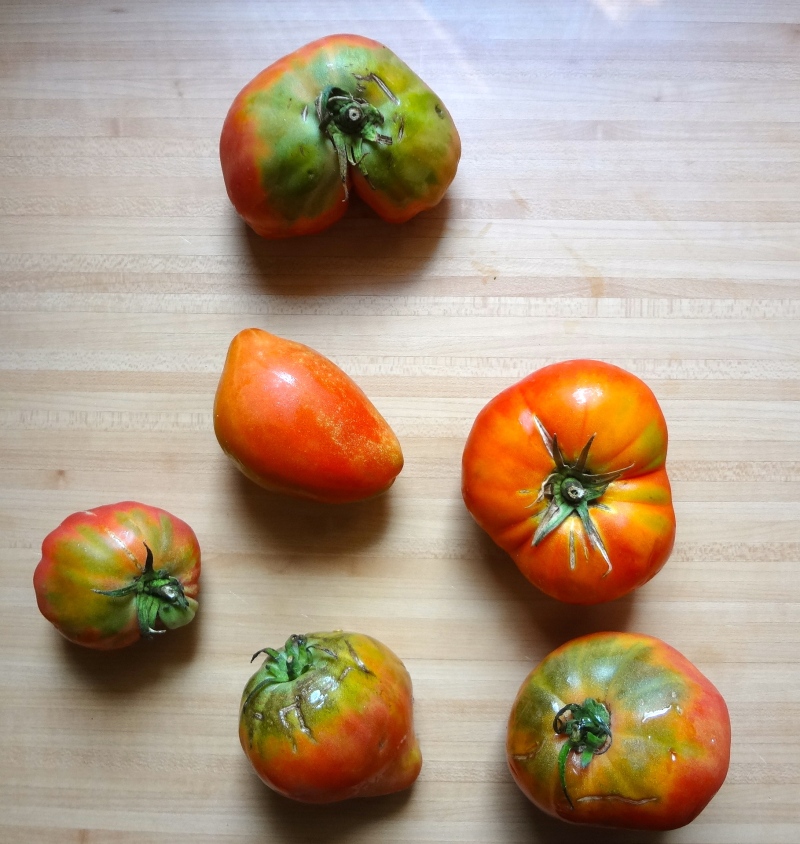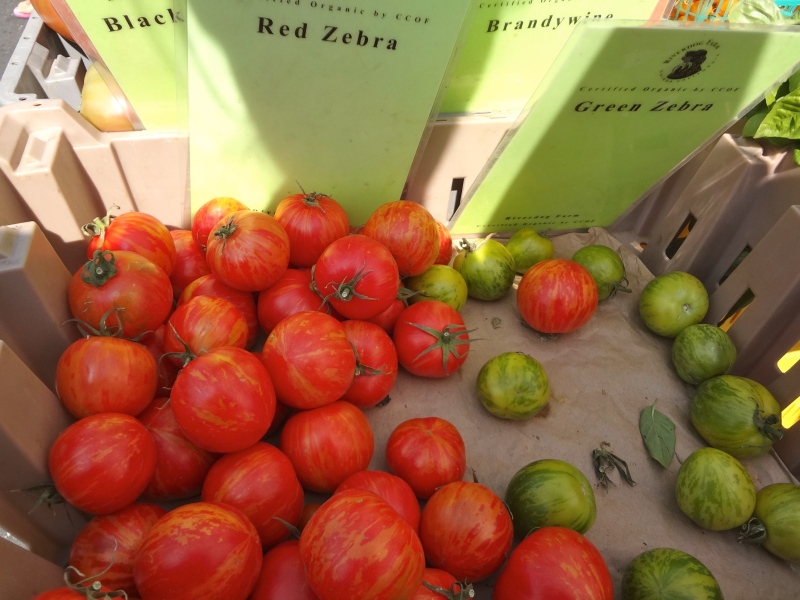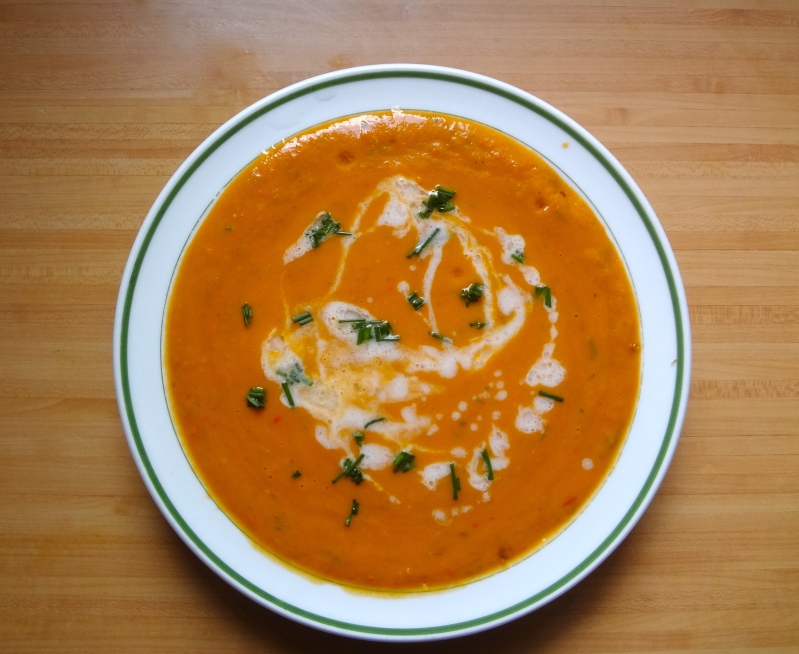
Desde que llegué en Barcelona he cambiado de piso un par de veces pero siempre viví en el mismo barrio. Hace poco que cambié de nuevo y me fui al otro. Hace tres meses que vivo en el Raval, un barrio colorido, diverso, a veces conflictivo pero siempre lleno de vida. Verás gente en la calle, da igual la hora que sea. Gran personajes, catalanes “de tota la vida”, hipsters, caras del todo el mundo…son la gente del barrio.






Aqui no hace falta viajar porque con la variedad de inmigrantes que inhabitan esta zona, tienes la sensación de poder ir a la India, Pakistan, Senegal y Marruecos, todos en la misma vuelta de cinco minutos. Puede ser a la vez tanto agobiante como fascinante.




Una de las cosas que me encantan de vivir en el Raval es la variedad de alimentos que se encuentran. No faltan tiendas de comida india, marroqui, pakistani además de fruterías con productos fresquisimos y bien de precio. Sin mencionar que tenemos a cinco minutos andando el mercado de la Boquería, celebrado por su belleza y variedad de productos. No sabes por dónde encontrar eneldo fresco? Ahí. Arándanos? Ahí. Especias varias? Cabeza del cerdo? Pues sí amigo mio, también ahí.
Me vuelve loca la gastronomía india, por las especias (el comino, la cúrcuma, el jenjibre, la canela, curries varias), los panes y la manera de combinar sabores. Comparte con la gastronomía mexicana, mi preferida, varias especias, sabores y a veces la forma también (acompañado con arroz, tortas planas, chips crujientes de lentejas/los totopos). Aunque Barcelona es una ciudad bastante cosmopolitana, cuesta mucho encontrar alimentos o ingredientes un poco exotícos. No es como en los Estados Unidos o Inglaterra dónde en cada supermercado existe un pasillo de comida internacional. Por un lado aprecio que hay tanta resistencia contra la globalización de la alimentación y que el vehículo entre la comida y la cultura es muy fuerte y por otro mi cuerpo me pide de vez en cuando unos sabores diferentes. Antes, cuando me apetecía hacer un plato al estilo indio/mejicano/algo-no-típico-de-aqui, tuve que cruzar la ciudad buscando los ingredientes. Tenemos la suerte de tener la Green Farmer muy cerca a casa, con sus productos ecológicos (¡incluso cultivo local de verduras asiáticas!) y variedad de especias, hierbas frescas y verduras a precios muy asequibles. Me encantan.
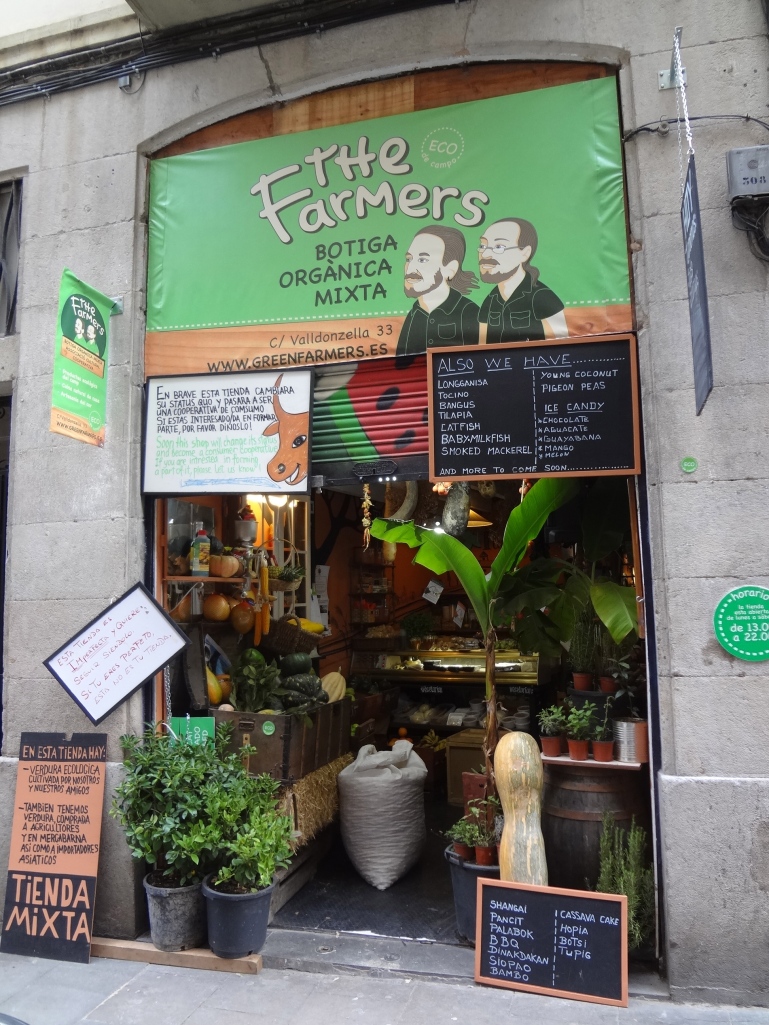

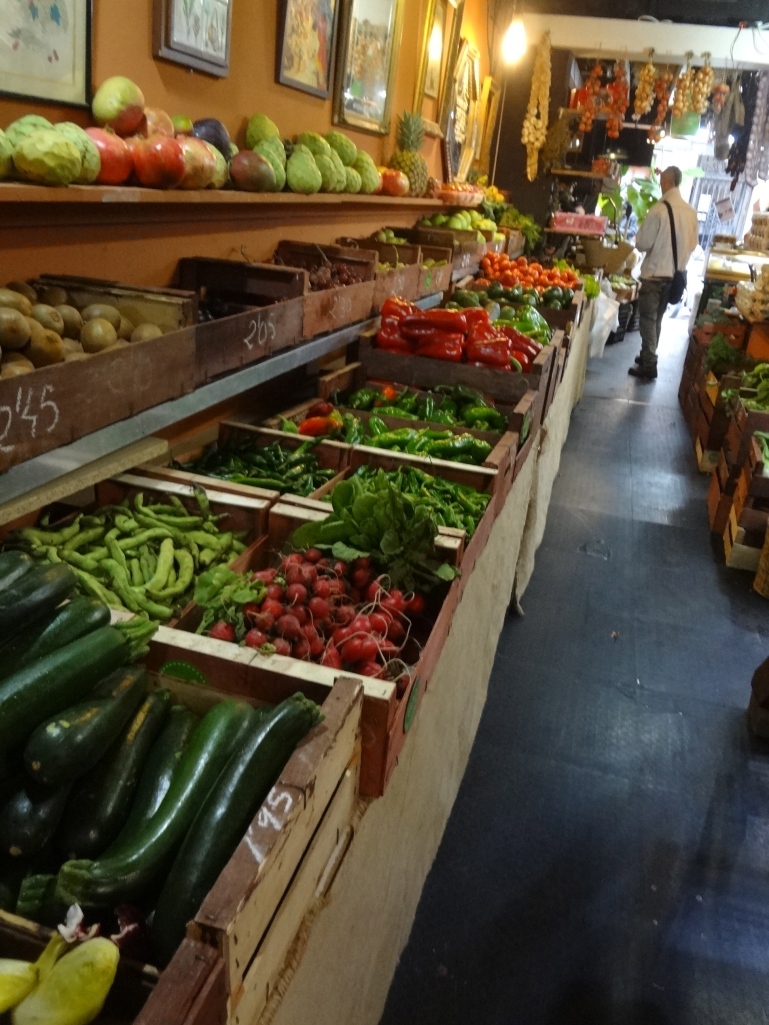
Por casualidad ahora tenemos una tienda india al lado, que fue enamorarme al entrar. Todo el cilantro y especies que quisiera comer. O sea genial. Hace un par de semanas que entré y mientras que vi y tocaba casi todo que tenían, encontré unos chapatis con fenugreco y chili y los compré sin darle más vueltas. Chapati es en un pan, parecido al naan pero incluso más fino. No lleva levadura ni leche (el naan, sí) y está hecho a la plancha, una técnica más parecida a la tortilla mejicana. Al probarlos en casa me encantaron pero para mi tenían dos inconvenientes: primero, eran de producción industrial y por eso llevaron aceite vegetal (cuando no se especifica cual es, cuenta que es una grasa trans y de baja calidad) y conservantes para mantenerlos ahí el tiempo máximo en la estantería. Segundo, están hechos al base de trigo, un alimento que estoy intentando evitar por completo. Con un chapati bien calentito en la boca, me vino la idea de hacer mis propios en casa, esta vez sin gluten, sin conservantes y con grasas de calidad.

Homemade ghee
Las masas sin gluten tienen sus trucos y no soy experta entonces busqué una referencia en el blog de Shauna, la reina de las recetas sin gluten. Tienen videos, medidas americanas y las conversiones métricas, explicaciones muy detalladas…o sea que no tiene pérdida! Mira aqui para darte una idea y luego ¡dejáte llevar la imaginación! Otro blog que miré más por la técnica fue este que tiene muchas recetas indias sin gluten.
Comí los chapatis untados con frijoles negros, cilantro pesto, rúcula fresca y unos pickles de cebolla y rabanito que hice en casa. Un sope mejicano al estilo indio…no me pude resistir. Cualquier combinación de sabores típicos que está dentro de las dos gastronomías te iría bien. Podrían acompañar un buen curry o dhaal, o como merienda con un poco de chutney. Con un poco de guacamole y queso fresco sería la bomba. Ya me diráis las combinaciones que os salgan!
Tiene la pinta de ser mucho trabajo y no te voy a engañar: si haces todo el mismo día, vas a tirar horas en la cocina (aunque muchas no son horas activas en la cocina). Yo recomiendo hacerla en pasos o combinar con otras cosas que ya tienes preparadas en casa.
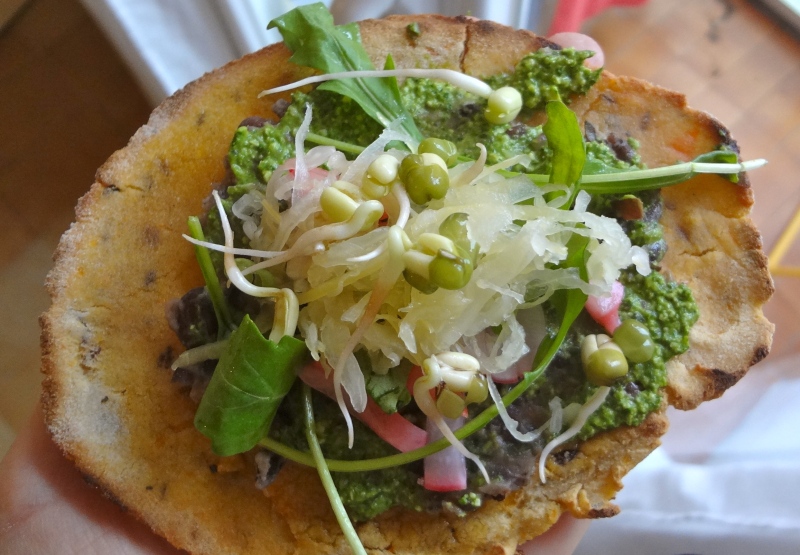
Chapatis con boniato, comino y fenugreco a la mexicana
La masa
Mezclé harina de arroz integral, sorgo, arrowroot y arroz blanco según las instrucciones de Shauna para una harina integral sin gluten. Te da muchas opciones, así que puedes poner lo que te da la gana y en las proporciones que quieras, siempre respetando el equilibrio de harina integral::blanco. Ella recomienda las cáscaras de psyllium, que aún cuesta encontrar en España. Yo utilizé semillas de lino recién molidos para unir la masa.
240g o 2 tazas harina sin gluten
70g o 1/2 taza boniato, hervido y machacado (puedes dejarla piel, quizás pasándolo por el mini primer)
1 c.p. fenugreco en polvo
1 c.s. comino, grano entero, previamente tostado
1/2 c.p. cúrcuma
1 c.p. sal marina
1 c.s. + 1 c.p. del aceite de oliva virgen (reserva la c.p.)
1 taza o 250ml agua tibia (a ojo)
1 c.s. de harina de arroz mezclado con fécula de maiz, para espolvorear la masa
ghee o aceite de oliva virgen para untar una vez cocidos
Mezclar la harina, el boniato, la sal y el aceite en un bol grande, asegurando que el boniato queda bien distruibido dentro de la harina. Poco a poco añade el agua tibia, amaseándola todo rato hasta que quede bien unido. Forma una pelota, cubre con 1 c.p. de aceite y dejarlo descansar unos 15 minutos.
Poner la harina de arroz y maiz en un plato al lado de una tabla de cortar. Encima de la tabla, dejra dos trozos de film de plástico (o papel vegetal, que a mi no me funcionó, se pegaron a la masa), aprox. 25cm. Dividir la masa en 10-12 pelotas pequeñas iguales. Espolvorear con la harina del plato y aplastarla en forma de un disco. Aplastarla entre el plástico con un rodillo de masar, al tamaño de una palma, más o menos. Sacar la capa del plástico de arriba y coger el chapati en la palma de una mano. Espolvorear la otra mano con harina y darle la vuelta (como una tortilla española). Ponerlo con cuidado en una plancha bien calentita y cocinarlo a fuego mediano unos minutos o hasta que se formen unas burbujas. Dar la vuelta al otro lado y dejálo unos minutos. Puedes ir alternando de lados hasta que los dos se queden bien dorados.
Hay que servirles en el momento que salgan de la plancha o si no, untar con un poco de ghee o aceite de oliva y guardarles dentro de una servilleta o toallita de algodón.

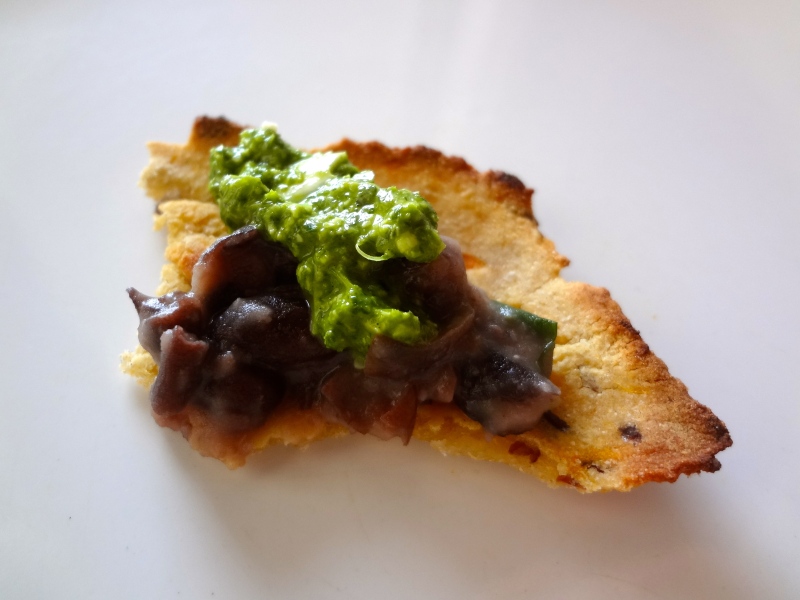
Frijoles negros con epazote
Hace poco que una amiga mexicana se fue a Inglaterra y me dejó todas las especias que tenía. Me dijó que la manera auténtica de cocinar los frijoles negros era con epazote, una hierba que se encuentra fresca en Mexico. Yo la pongo aqui, pero en seco. Yo dejo todos los legumbres en remojo 24h, cambiando del agua 2 o 3 veces. Así no te provocan las “molestias” que normalmente sufrimos a comer legumbres. Otro truco es añadir un poco del vinagre de manzana NO pasteurizado al plato.
1 taza de frijoles negros secos, remojados min. 8h.
agua filtrado (pongo mucho y así me queda caldo después)
1 c.s. epazote, en seco
1 cebolla, picada
2 dientes de ajo, picados
cilantro fresco
Sal marina y pimienta a ojo
Llevar el agua a bullición y añadir los frijoles, la epazote y una pizca de sal. Se cocinan todo junto durante una hora y media – dos horas a fuego mínimo o hasta que se queden bien blanditos. Guardar el liquído.
En una sartén calentar un poco de aceite de oliva a fuego bajo. Cuando esté caliente, poner la cebolla con una pizca de sal. Saltearla sola unos minutos y añadir el ajo. Cuando hayan pasado 5 minutos, añadir los frijoles, machándolos mientras se cocinan. La idea es que quedan trozos, no como puré. Tendrás que ir poniendo a ojo el caldo de los frijoles, que se secan muy facilmente y más cuando se enfrían. Piensa en risotto aqui: poco a poco, justo cubriendo los frijoles con el liquído y poniendo más cuando lo hayan chupado. Si no vas a comer todos el mismo día, recomiendo guardar el caldo en la nevera para cuando les recalientas.
Espolvorear con un poquito de cilantro fresco a apagar el fuego.
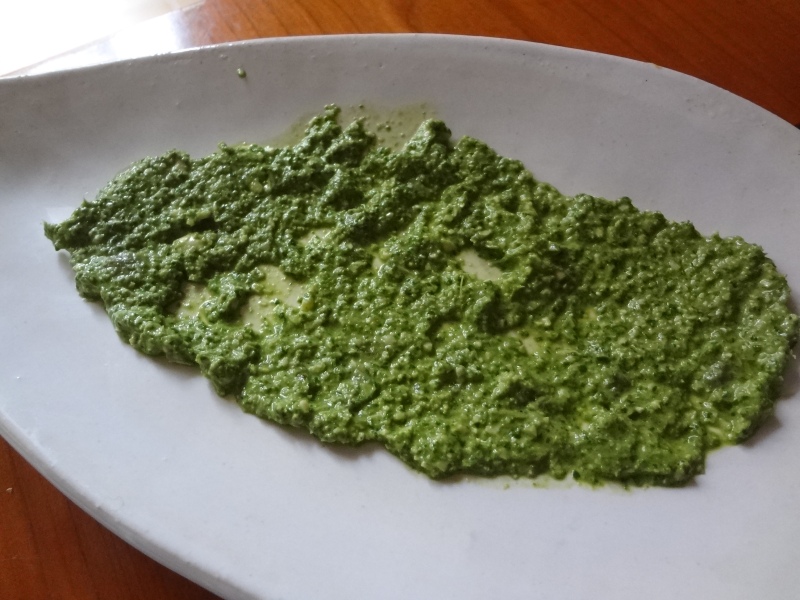
Pesto de Cilantro, ligeramente adaptado de esta receta de Sprouted Kitchen.
3 dientes de ajo
1/2 cup pepitas, en remojo toda la noche
1-2 c.p. sal marina
1 manojo grande de cilantro fresco, hojas y ramas finas
Ralladura de una lima
Zumo de 1-2 limas
80 ml o 1/3 taza de aceite de oliva virgen
1 chili picante (opcional)
1-2 c.s. agua
Mezclar todo en un food processor/batidora o batirlo con un mini primer. Se guarda bien en la nevera durante 1 semana y en el congelador unos meses.

Quick pickles
1 cebolla mediana
8-10 rabanitos pequeños
2 c.s. vinagre de manzana NO pasteurizado
sal marina
Cortar todo en media lunas finas. Mezclar con el vinagre y la sal y dejar toda la noche en la nevera.
_ _ _ _ _ _ _ _ _ _ _ _ _ _ _ _ _ _ _ _ _ _ _ _ _ _ _ _ _ _ _ _ _ _ _ _ _ _ _ _ _ _ _ _ _ _ _ _ _ _ _

Aprovecho la entrada para invitaros al Disco Soupe, un evento en que colabora COSECHA que se hará el 14 de diciembre. Ha tenido mucho éxito en otros capitales europeos y ¡por fin llega a Barcelona! Su fin es conscenciar la gente sobre el derroche alimentario y la cantidad de alimentos perfectamente combestibles que se tiran día a día. Recogeremos de los mercados todas aquellas frutas y verduras que por razones estéticas se desechan día sí día también, la cocinaremos, la comeremos y la haremos bailar, todos juntos.
Asistirán Feeding the 5000, Esther Vivas, Espai ambiental para darnos una visión actual del derroche alimentario: situación actual y soluciones. ¡No faltarán expertos del campo y oportunidades de informarte!
¡Ven con un cuchillo, un pelador y sobre todo ganas de pasarlo bien!
Tienes más información sobre la Disco Soupe Barcelona en esta página: http://discosoupebarcelona.wordpress.com/ y Facebook
¡Os espero!
Jesse
Continue reading →
